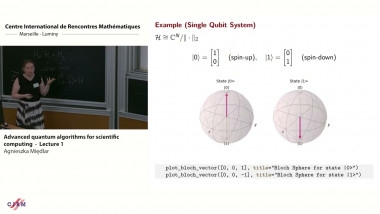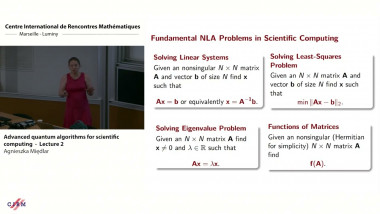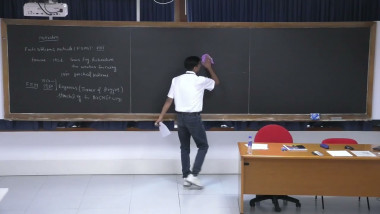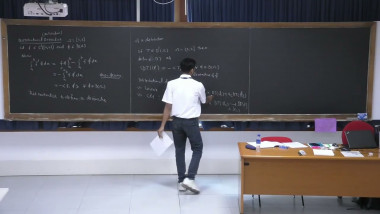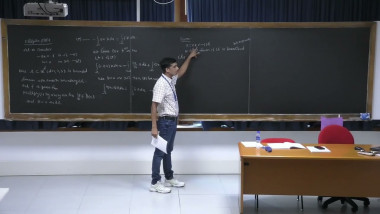Appears in collection : POEMs - POlytopal Element Methods in Mathematics and Engineering
Recently there has been a surge in interest in cut, or unfitted, finite element methods. In this class of methods typically the computational mesh is independent of the geometry. Interfaces and boundaries are allowed to cut through the mesh in a very general fashion. Constraints on the boundaries such as boundary or transmission conditions are typically imposed weakly using Nitsche’s method. In this talk we will discuss how these ideas can be combined in a fruitful way with the idea of hybridization, where additional degrees of freedom are added on the interfaces to further improve the decoupling of the systems, allowing for static condensation of interior unknowns. In the first part of the talk we will discuss how hybridization can be combined with the classical cut finite element method, using standard H1 -conforming finite elements in each subdomain, leading to a robust method allowing for the integration of polytopal geometries, where the subdomains are independent of the underlying mesh. This leads to a framework where it is easy to integrate multiscale features such as strongly varying coefficients, or multidimensional coupling, as in flow in fractured domains. Some examples of such applications will be given. In the second part of the talk we will focus on the Hybridized High Order Method (HHO) and show how cut techniques can be introduced in this context. The HHO is a recently introduced nonconforming method that allows for arbitrary order discretization of diffusive problems on polytopal meshes. HHO methods have hybrid unknowns, made of polynomials in the mesh elements and on the faces, without any continuity requirement. They rely on high-order local reconstructions, which are used to build consistent Galerkin contributions and appropriate stabilization terms designed to preserve the high-order approximation properties of the local reconstructions. Here we will show how cut element techniques can be introduced as a tool for the handling of (possibly curved) interfaces or boundaries that are allowed to cut through the polytopal mesh. In this context the cut element method plays the role of a local interface model, where the associated degrees of freedom are eliminated in the static condensation step. Issues of robustness and accuracy will be discussed and illustrated by some numerical examples.
